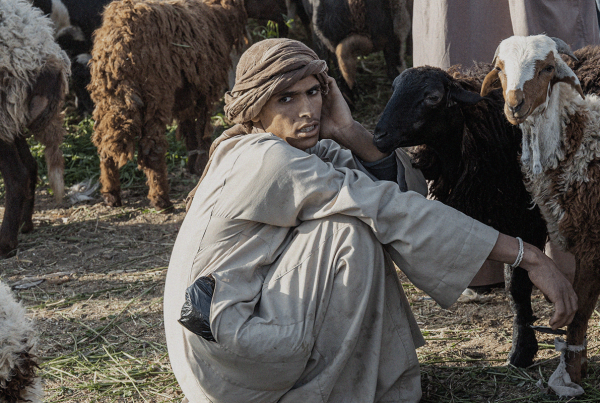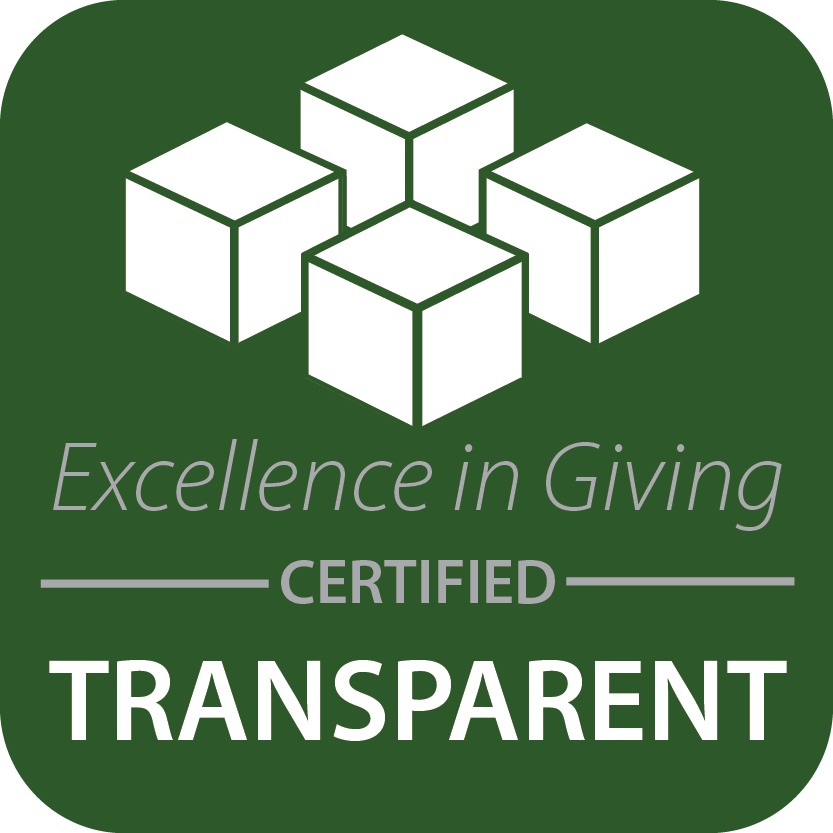How do you stop human trafficking before it starts?
Anti-human trafficking experts and activists have developed prevention methods to answer that question. Prevention spares children and at-risk adults from experiencing exploitation, disrupting the entire cycle. Read on to learn about key areas of prevention that can stop human trafficking.
The parable of the river babies
The parable of The River Babies tells the story of a woman at the river near her village. Bent over her washing, she stopped when she heard weak, muffled cries and sputtering. She looked up and saw a baby drowning in the river. She immediately threw herself into the water and swam with all her strength to save the baby. With incredible effort, she fought through the eddies and currents and managed to get the baby and herself back to the riverbank to safety.
Exhausted but relieved, the woman couldn’t believe her eyes when she looked up and saw two more babies struggling down the river. This time she looked around frantically and screamed for help.
She saw a man passing by on his horse. He jumped off, and they both dove into the river and saved the two babies. To their horror, just as they delivered the children, they saw several more babies struggling upstream.
The man jumped on his horse, galloped into the village, and rallied its people to rescue the dozens of babies coming downstream. As hours went by and countless babies were retrieved from the water, a villager suddenly stopped. He said, “Let’s take a group upstream to find out where these babies are coming from and stop those that are throwing them into the river!”
The fight to stop human trafficking mirrors this parable
People being abused by traffickers need rescue and restoration today. Going into the river and rescuing children could be categorized as intervention work (The Exodus Road’s focus in the past).
However, we must also look upstream and take action to stem the sources of risk that lead to human trafficking. This focus in counter-human trafficking work is called prevention. It is vital to systemic change.
While preventing human trafficking remains a deeply complex issue, there are three chief areas of focus that can significantly slow the criminal machine of human trafficking worldwide.
Education Prevents Human Trafficking
Education is an empowering and essential place to start.
Providing alternatives to false promises
Traffickers often lure their victims with false promises of job opportunities or education in a bigger city or another country.
When legitimate organizations provide stability to families, access to medical care, and education for children, the temptation to leave that stability becomes much lower. Families are less likely to fall prey to the lies of traffickers.
An estimated 60,000 children in rural northern Thailand are targeted and exploited for sex work every year. The Freedom Story is one focused organization providing scholarships so the most at-risk children can attend school, participate in a weekly mentorship program, attend classes at a Resource Center, and learn about their rights. They are seeing great success. Kids living in vulnerable places have a 90% chance of graduating from school when they have this kind of support, versus less than 50% of those who do not receive it.
Raising awareness
Awareness campaigns on social media and in-person counter-trafficking events are also vital in educating people about the realities and risks of human trafficking. The Exodus Road’s TraffickWatch Academy is an innovative online training that equips individuals to engage in the counter-trafficking movement. TraffickWatch is free to online users, serving as an entry point for people of all ages to understand the realities of human trafficking.
Other awareness and training campaigns from thoughtful organizations go a long way in creating an understanding of the issue. Additional resources include the Not a #Number prevention curriculum in the USA and the My Body Is Mine pilot program in sub-Saharan Africa from Love146, the training and education provided by The Laboratory to Combat Human Trafficking, the Priceless Cube resource tool for indigenous people, and social media campaigns like Human Trafficking Awareness Day and the END IT Movement.
We recommend the following resources for further reading:
Causes and Effects of Human Trafficking
Understanding Human Trafficking with Empathy
How to Identify Signs of Sex Trafficking in Students
Breaking The Cycle Of Poverty Is Critical To Freedom
A mother who is struggling to feed her child might be willing to take risks in an attempt to meet her child’s needs, even if it means sending her child away with a family member or friend. That hope of freedom from hunger often results in a trafficking situation.
Breaking the cycle of poverty eliminates risks that can lead to trafficking. Organizations and employers that provide stable economic solutions to a struggling community lower the risk of exploitation. Job development, entrepreneurial training programs, microloans, and job skills training are all strategic investments in prevention.
Create change with our wallets
Another simple but effective way to stop human trafficking is to be intentional about where we spend our money. There is power in our purchase. When we buy fairly traded goods, we create positive change in the global economy by reducing the demand for products created by modern slaves. This creates a marketplace and dignified jobs for artisans living in vulnerable places. At-risk mothers and fathers are then able to care for their children, pay school fees, and empower the next generation through a stable home and access to education.
At The Exodus Road fundraisers and events, we offer high-quality, ethically-sourced products that support at-risk communities in the countries and regions where our Search + Rescue teams work. Some items are created by artisans who have survived exploitation and trafficking. Others are made by people who are now experiencing a stable life because they have this work. These items all provide sustainable income to people working to overcome poverty, decreasing their risk for exploitation.
Shopping at marketplaces that provide direct support for struggling communities is an excellent way to help prevent vulnerability.
We recommend the following articles:
Arrests Of Traffickers Prevents More Trafficking
While conversations about finding and freeing those trapped in slavery typically highlight the rescues of survivors, the arrest of criminals also plays a significant role in preventing trafficking. When we make human trafficking a more dangerous crime by supporting local law enforcement in arresting and prosecuting traffickers, the cycle of trafficking is broken. The arrest and prosecution of a trafficker not only stops the abuse of a survivor today; it also prevents the exploitation of more potential victims tomorrow.
For this reason, organizations that enable trafficking prosecutions are a key part of human trafficking prevention. The Human Trafficking Hotline is a confidential tool for reporting suspicious activity that might indicate signs of trafficking, or for contacting if you believe you are in a trafficking situation in the United States.
Other hotlines exist in various countries for the same purpose. Outside of the United States, the United Nations Office on Drugs and Crime exists to support countries by helping them draft laws that criminalize trafficking while creating national counter-trafficking strategies and providing resources to implement them.
Legislative work is also critical for successful prosecutions. In 2000, the United Nations General Assembly adopted the Protocol to Prevent, Suppress and Punish Trafficking In Persons, Especially Women and Children. This took effect in 2003, marketing a significant milestone in international efforts to stop human trafficking. As stated by the United Nations Office on Drugs and Crime,
Organizations that focus on bringing justice to criminals as well as working at the policy level of governments, like International Justice Mission, are also making a significant impact by making trafficking more dangerous.
We recommend the following articles:
Cybersex Trafficking: Grooming and Exploitation Online
We Can All Be A Part Of Human Trafficking Prevention
This work of preventing human trafficking belongs to all of us. While it is critical to rescue the “babies in the river,” it’s also important to continue strategic work upstream.
Your advocacy, purchasing choices, volunteer hours, and financial generosity towards the work of prevention matters, both in your own community and across the globe. Together, we can ensure that vulnerable individuals are safer, at-risk communities are more stable, and human trafficking is a more dangerous crime.
The Truth about Sex Trafficking
Download our free eBook today.






